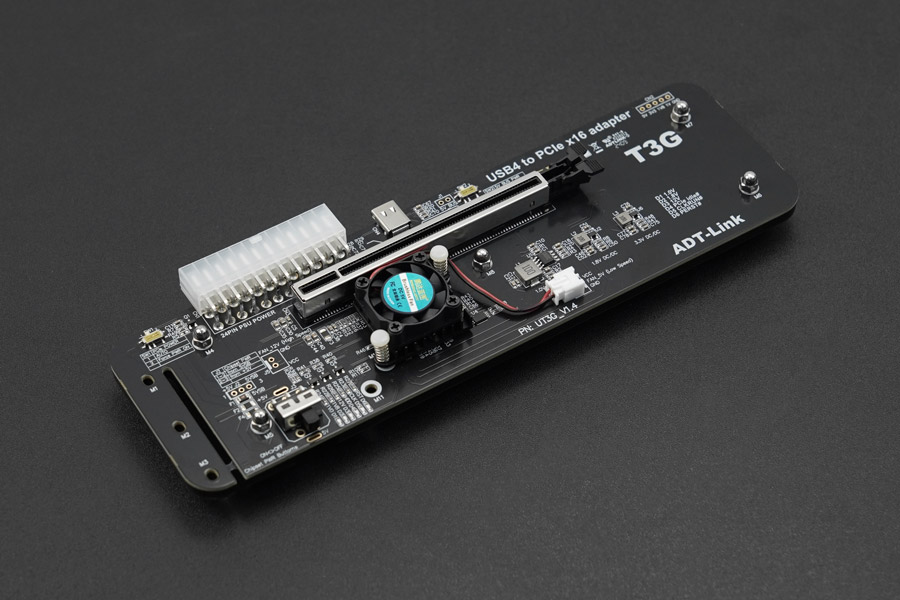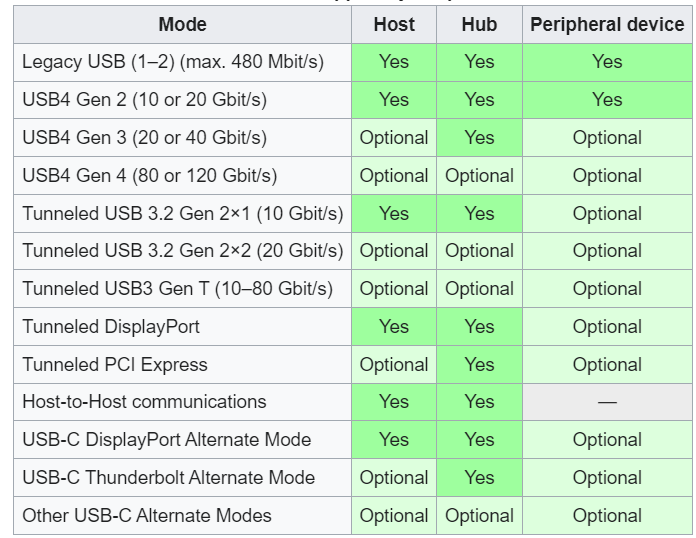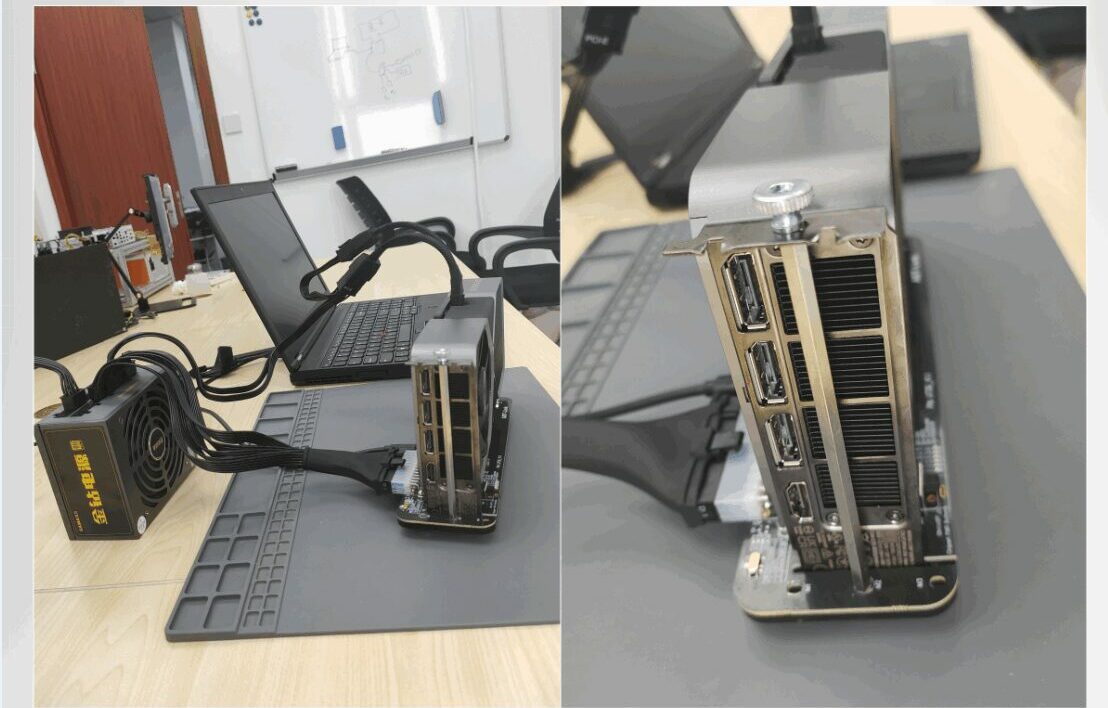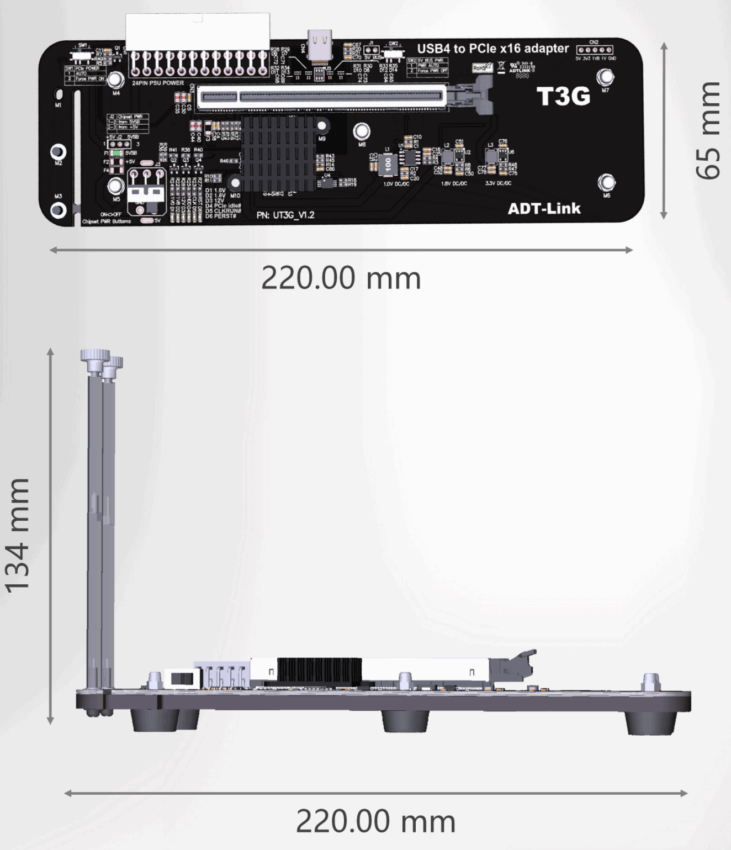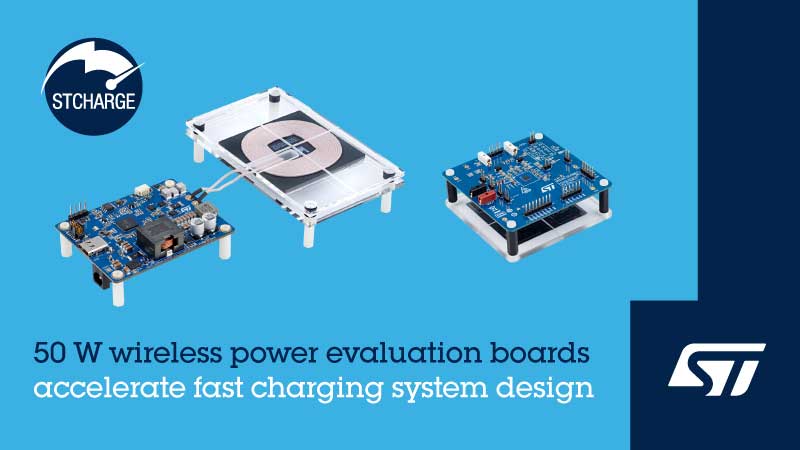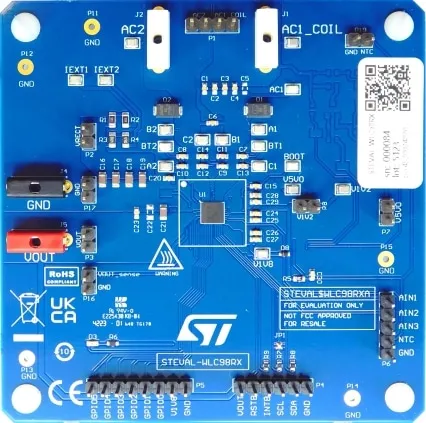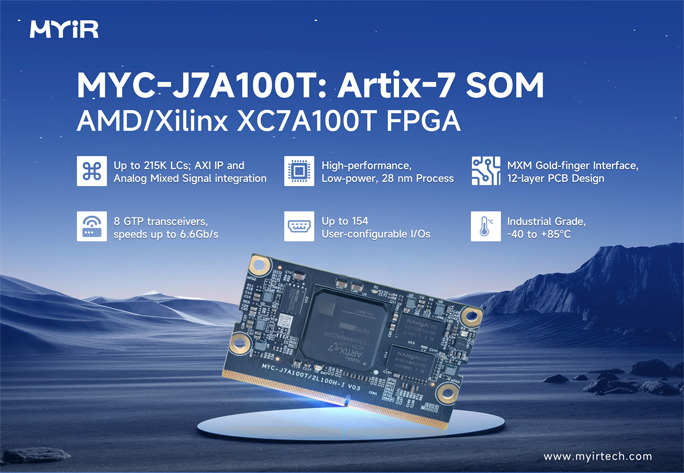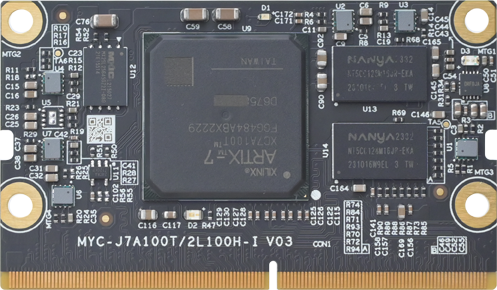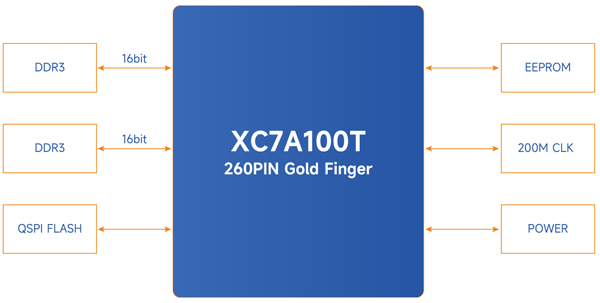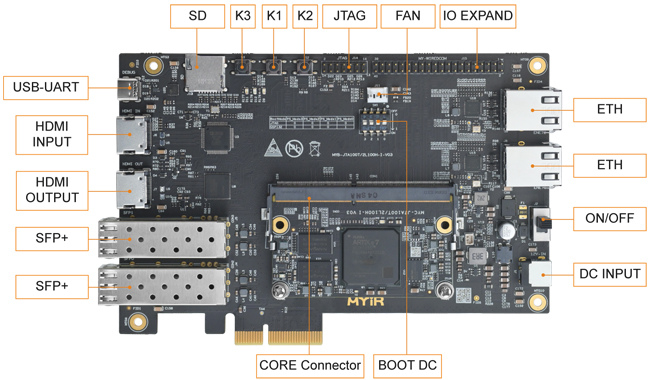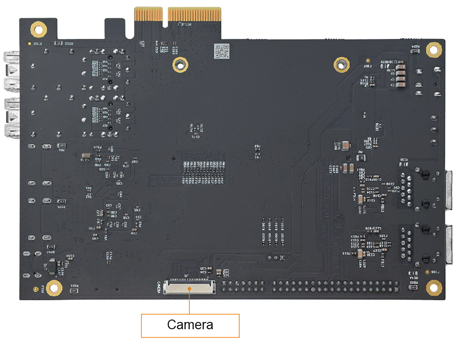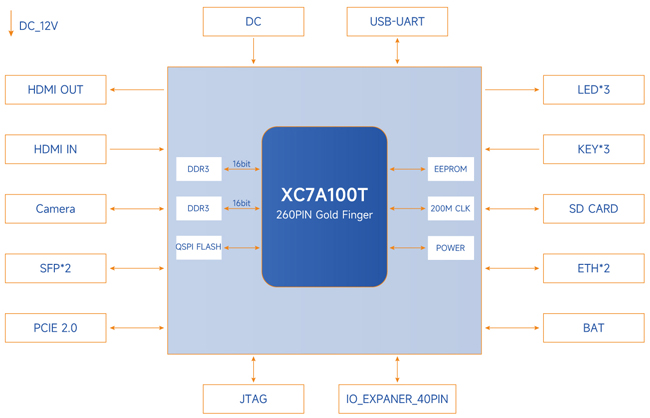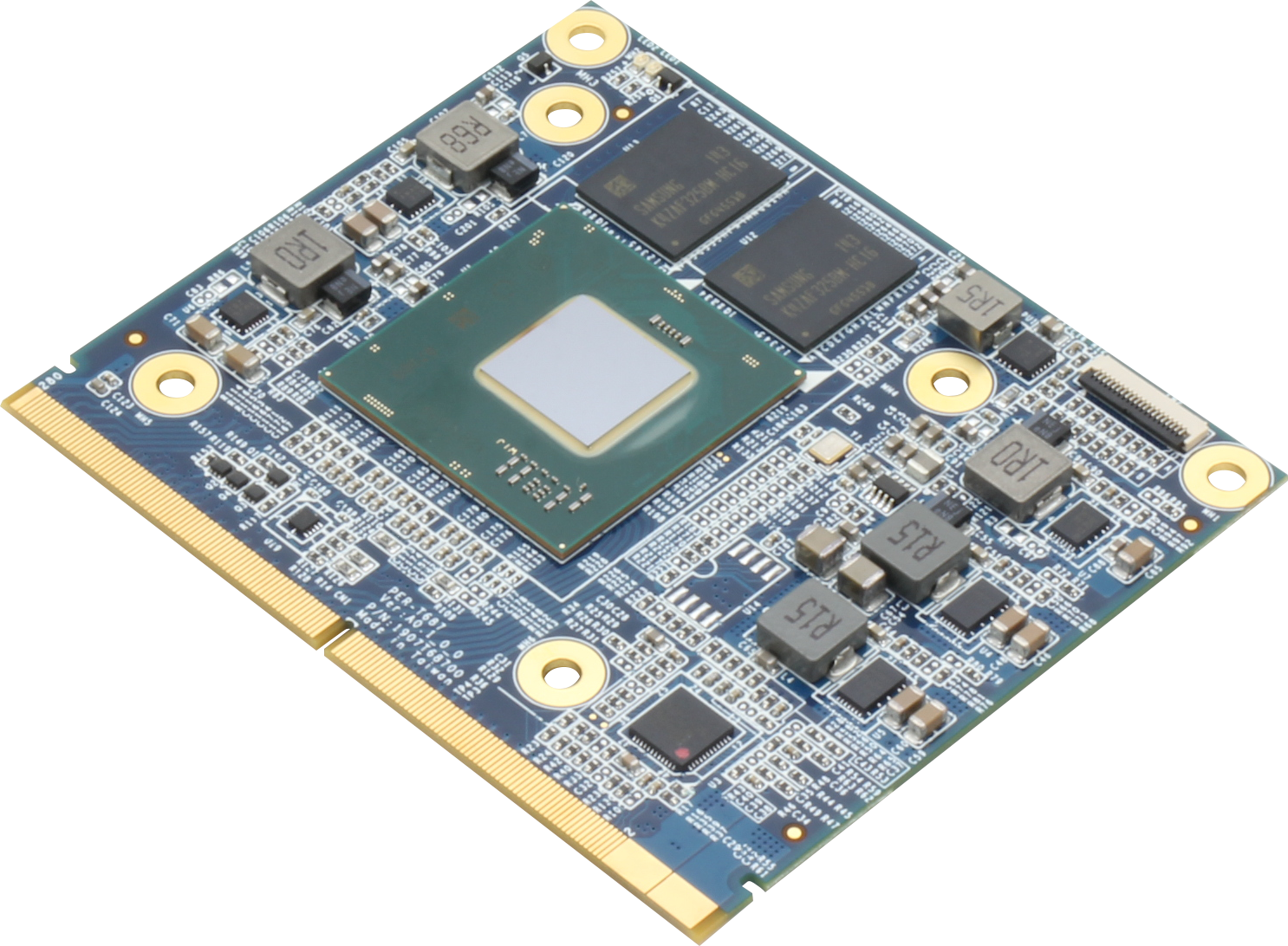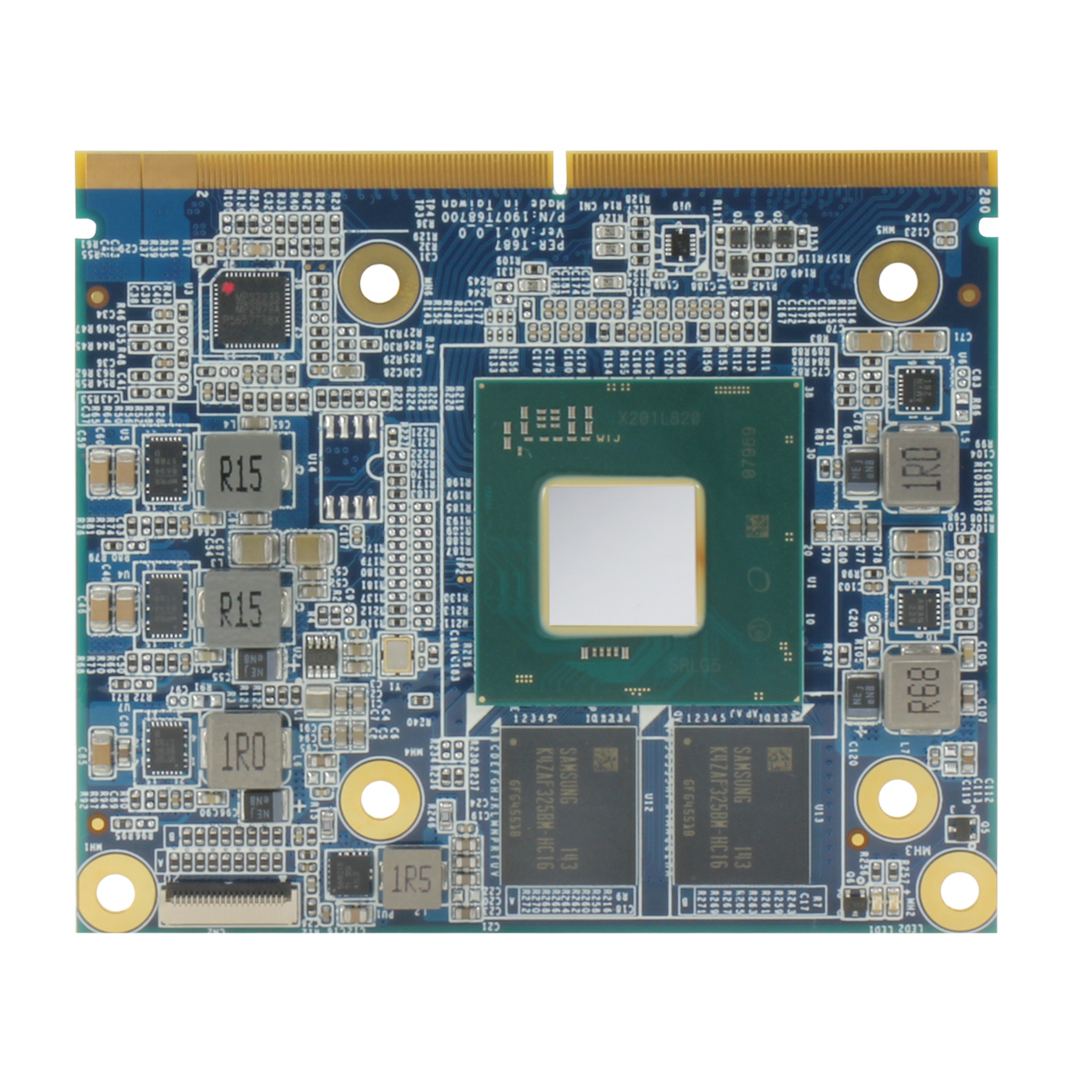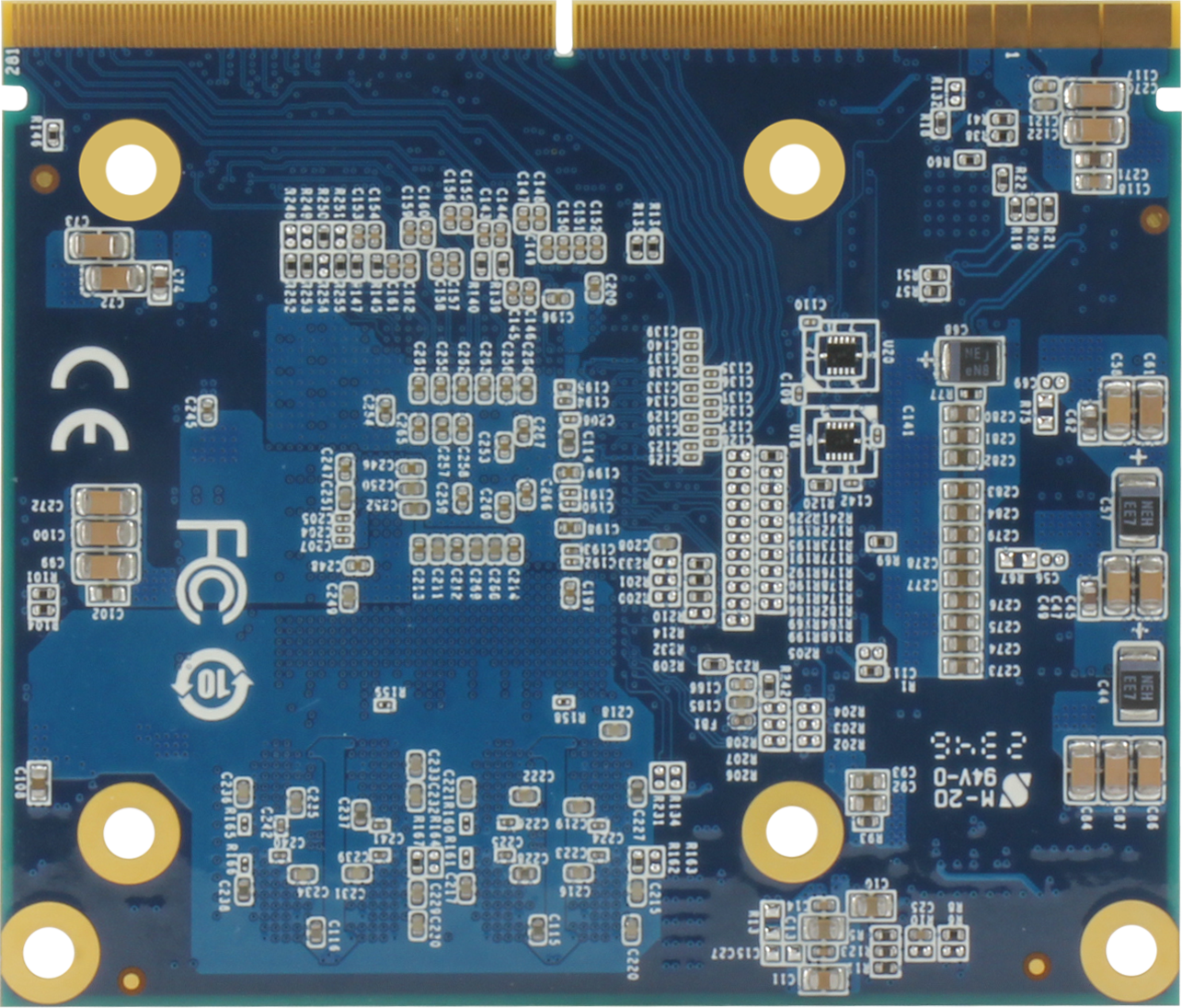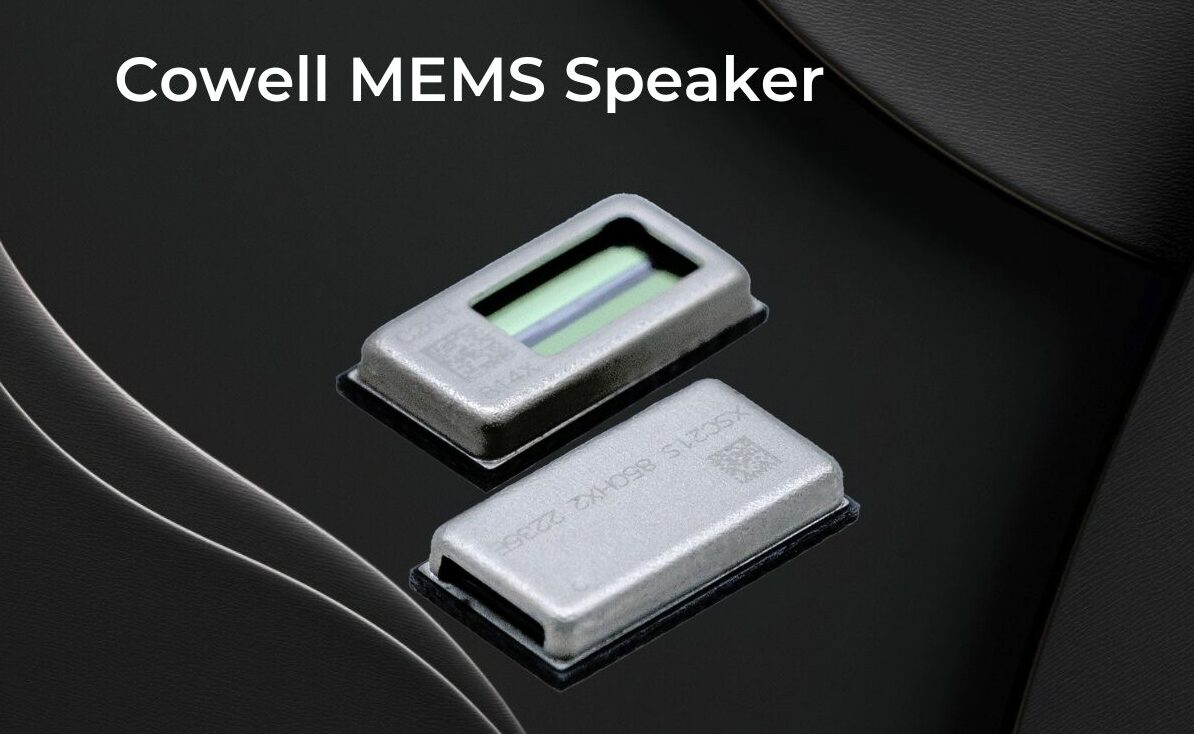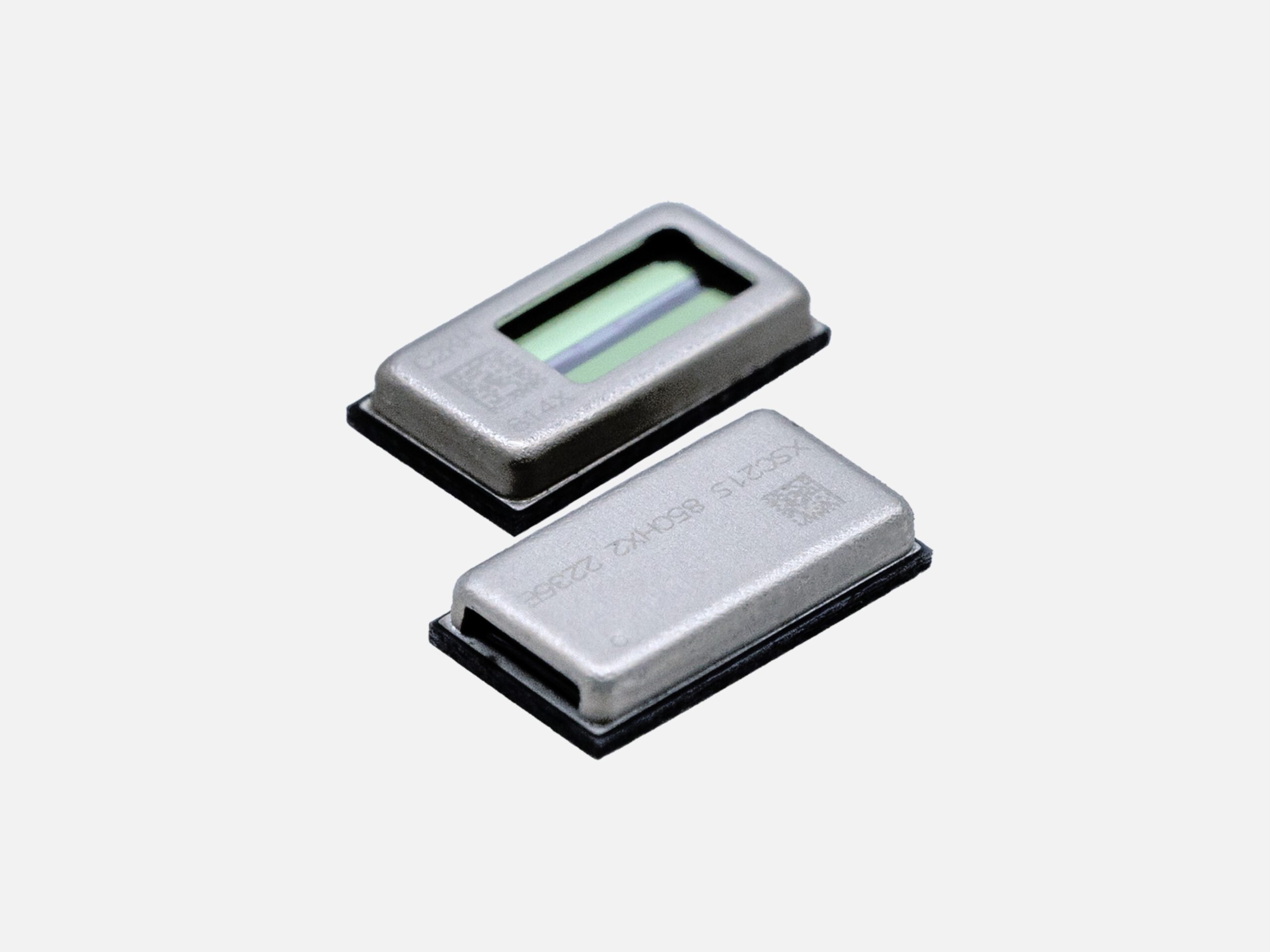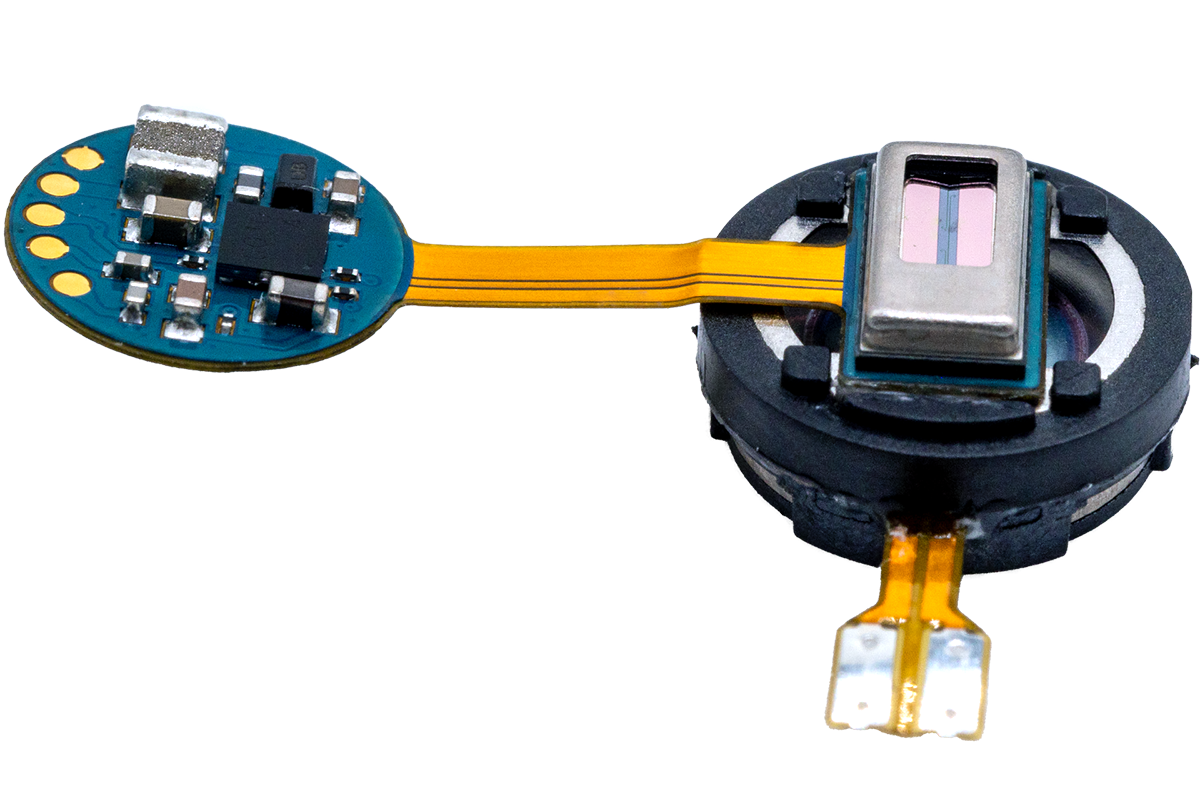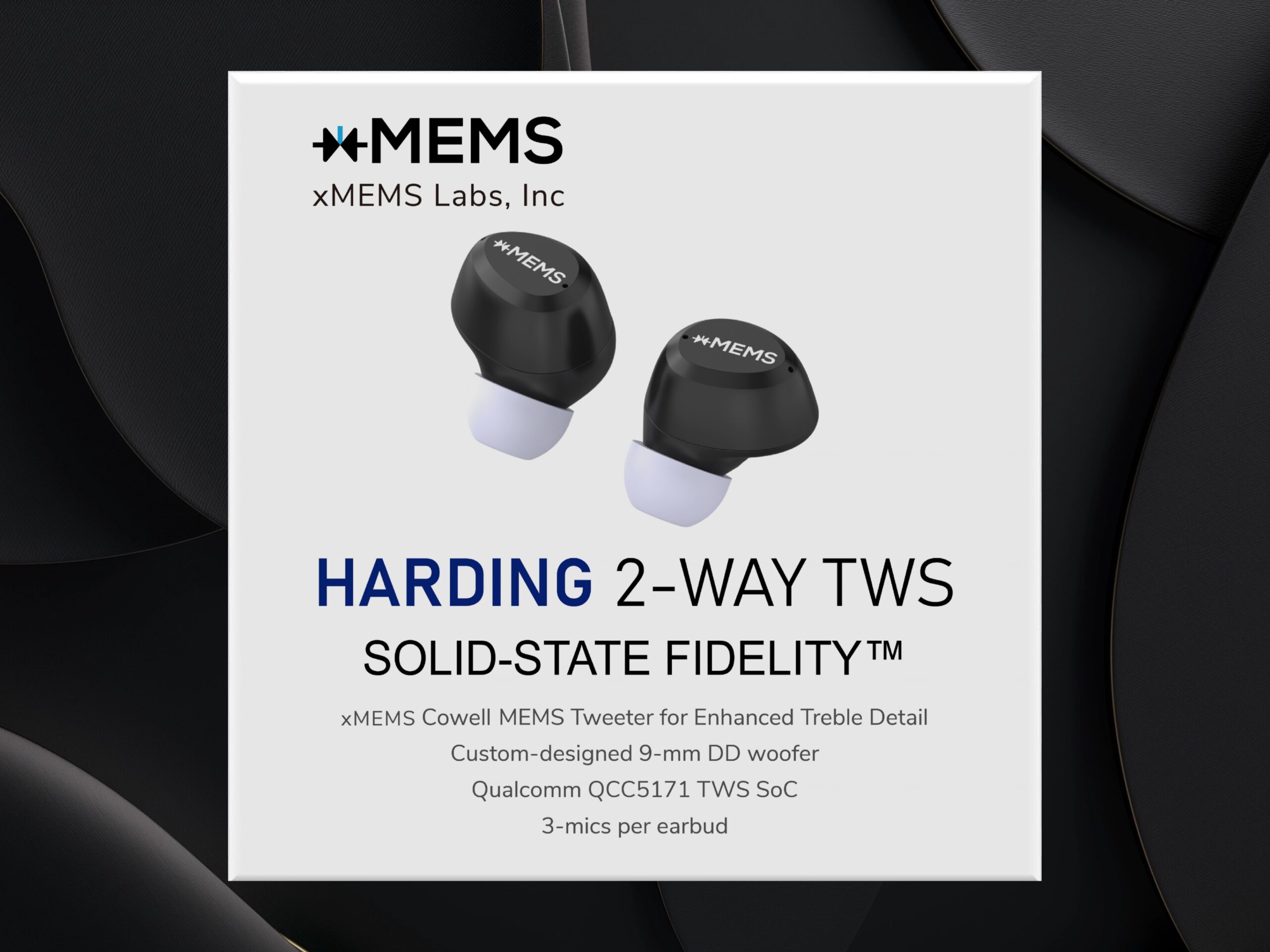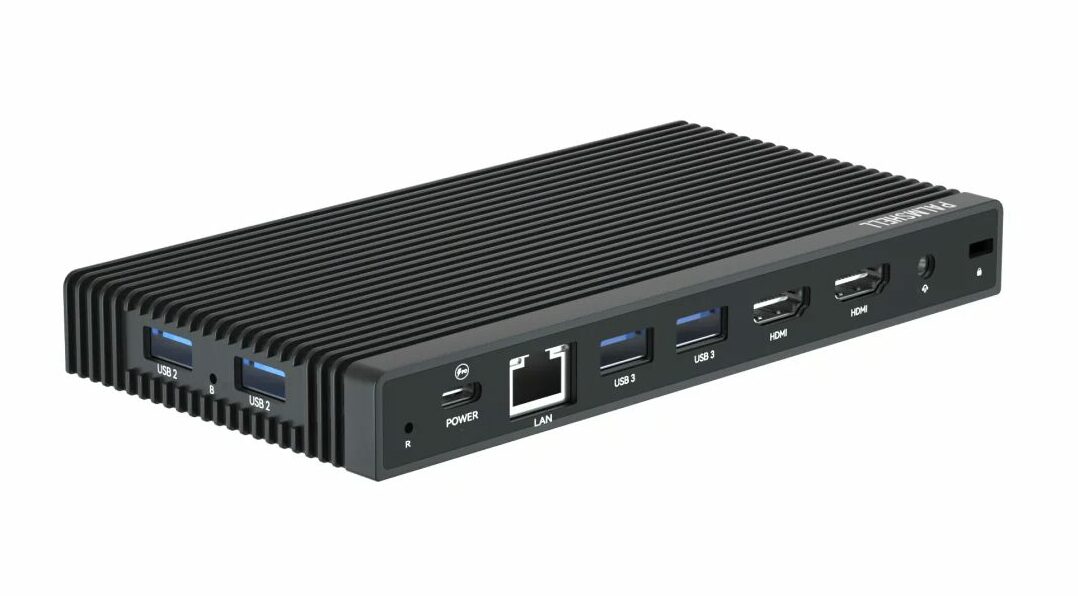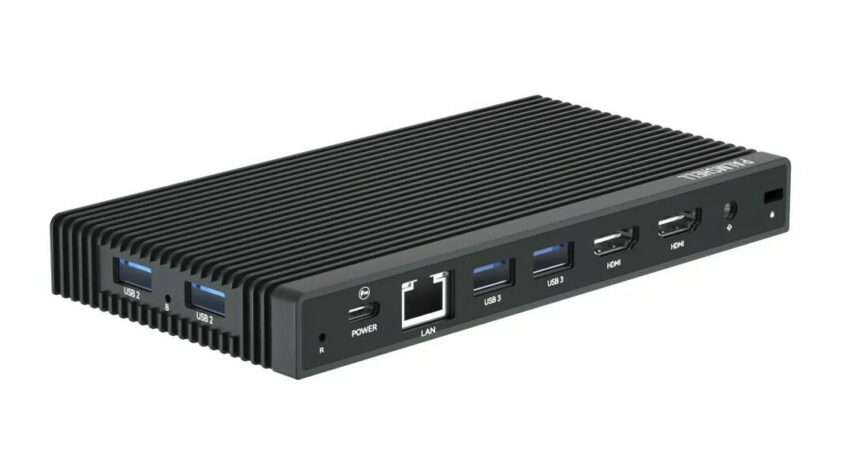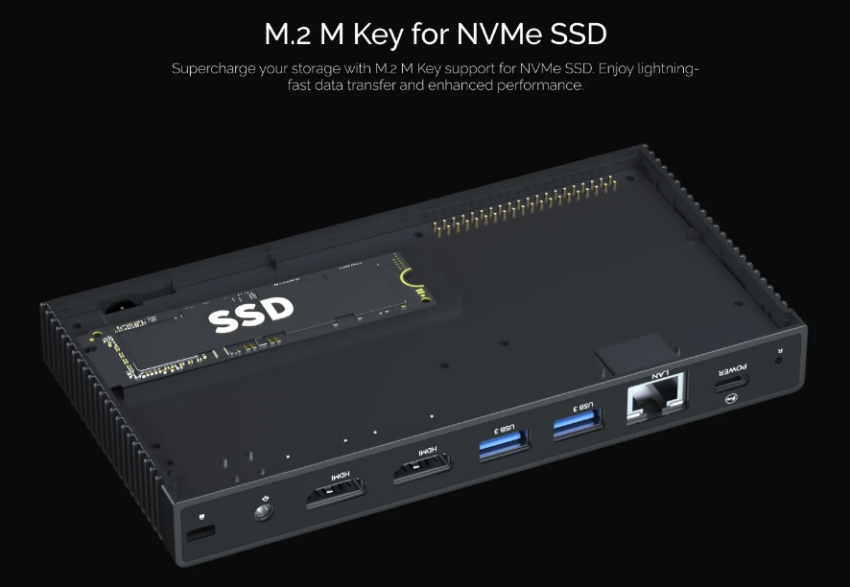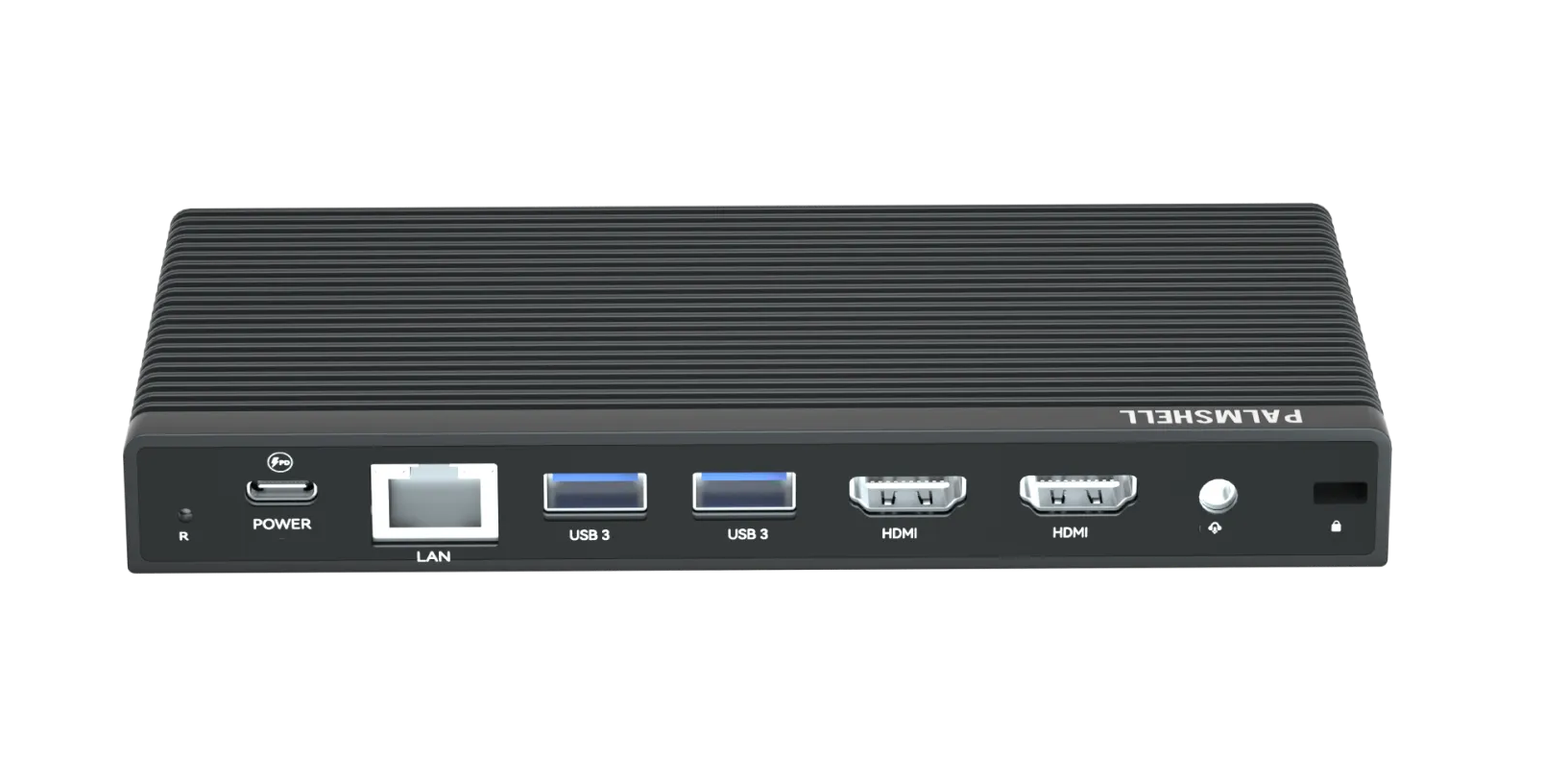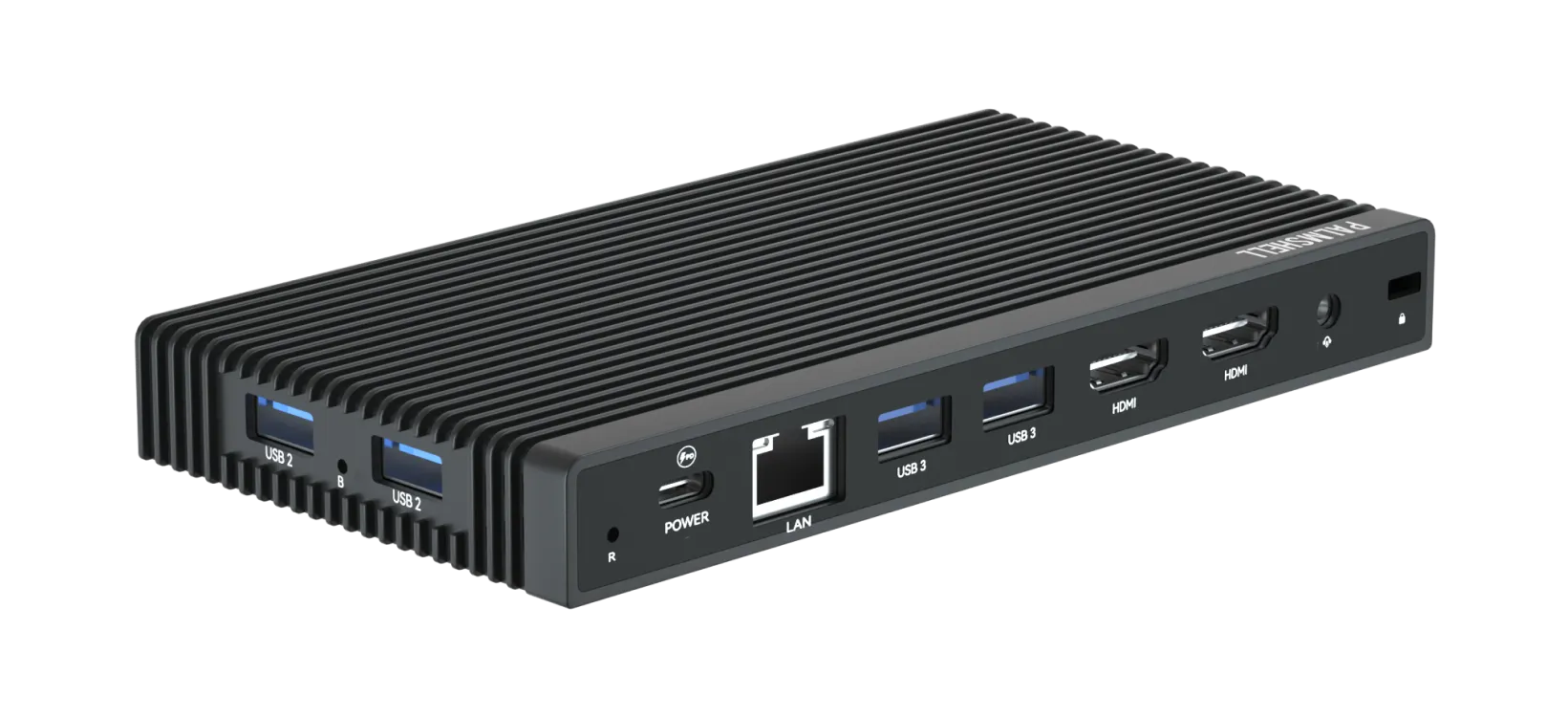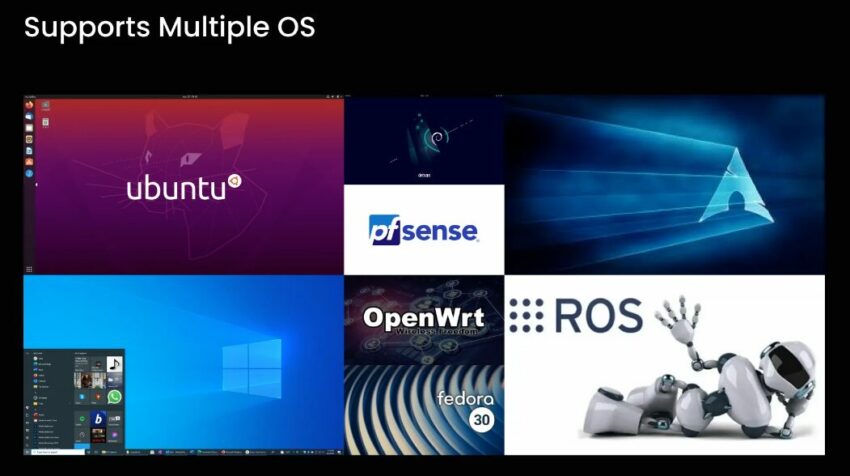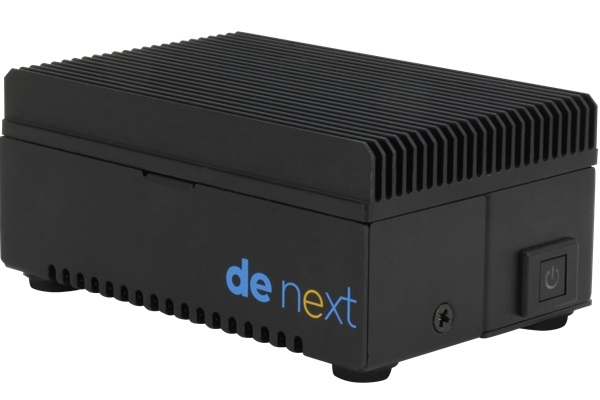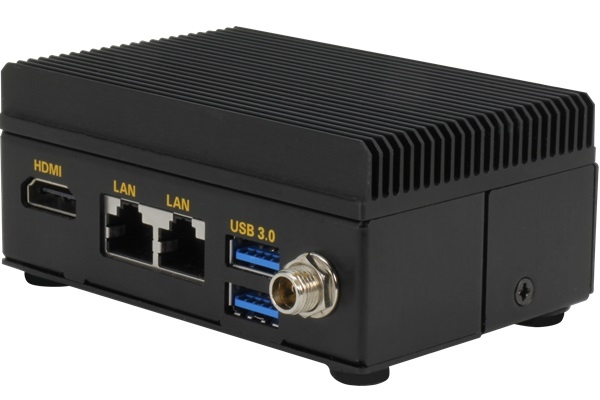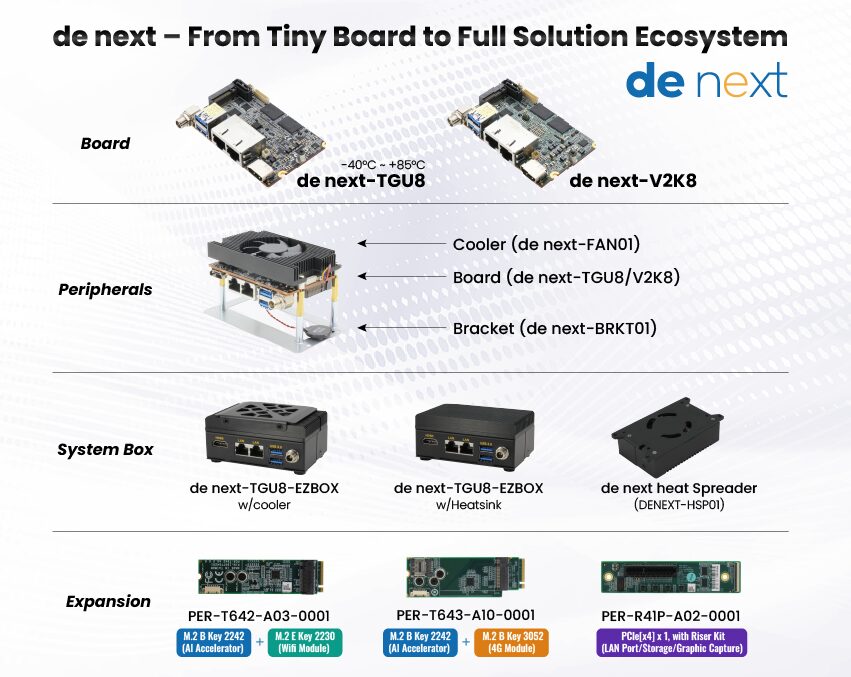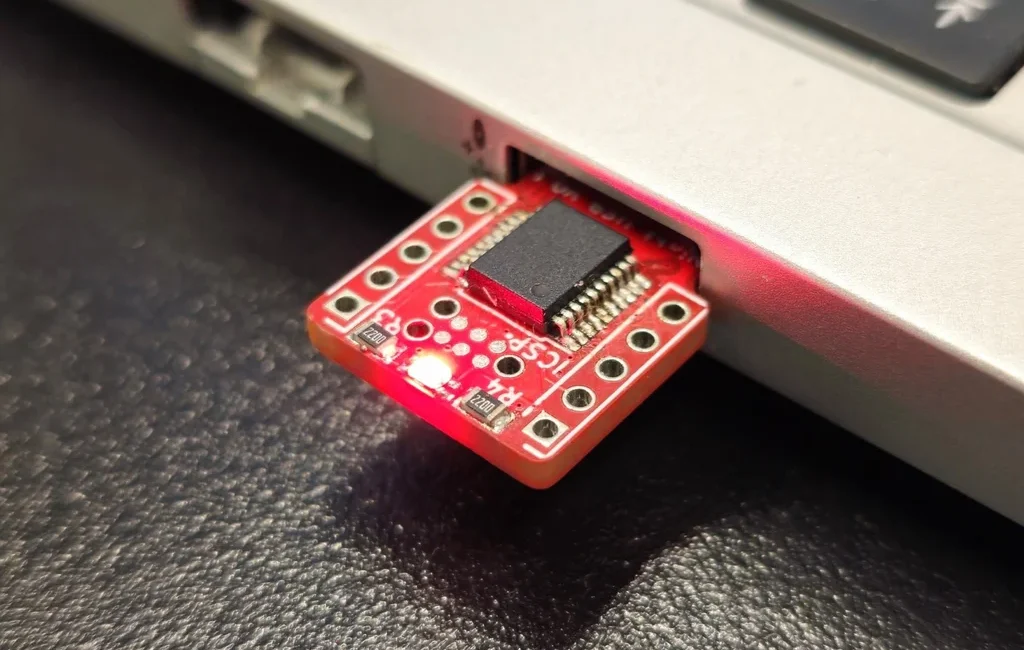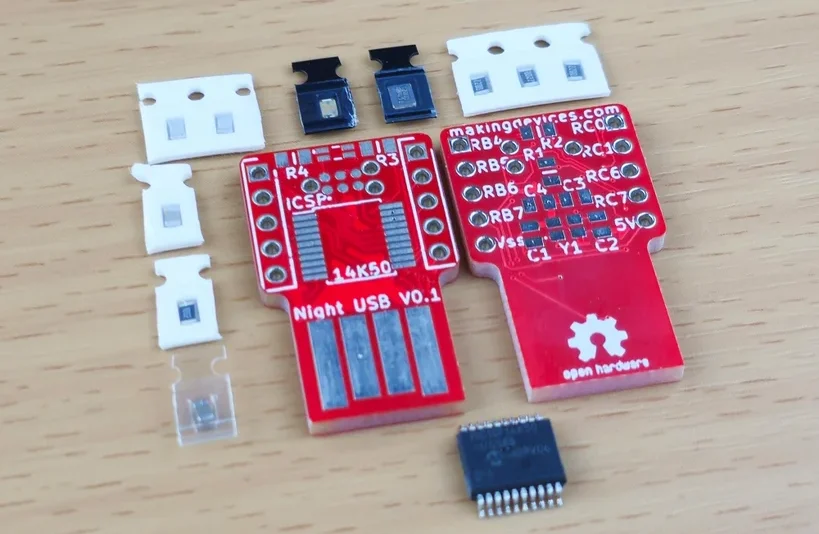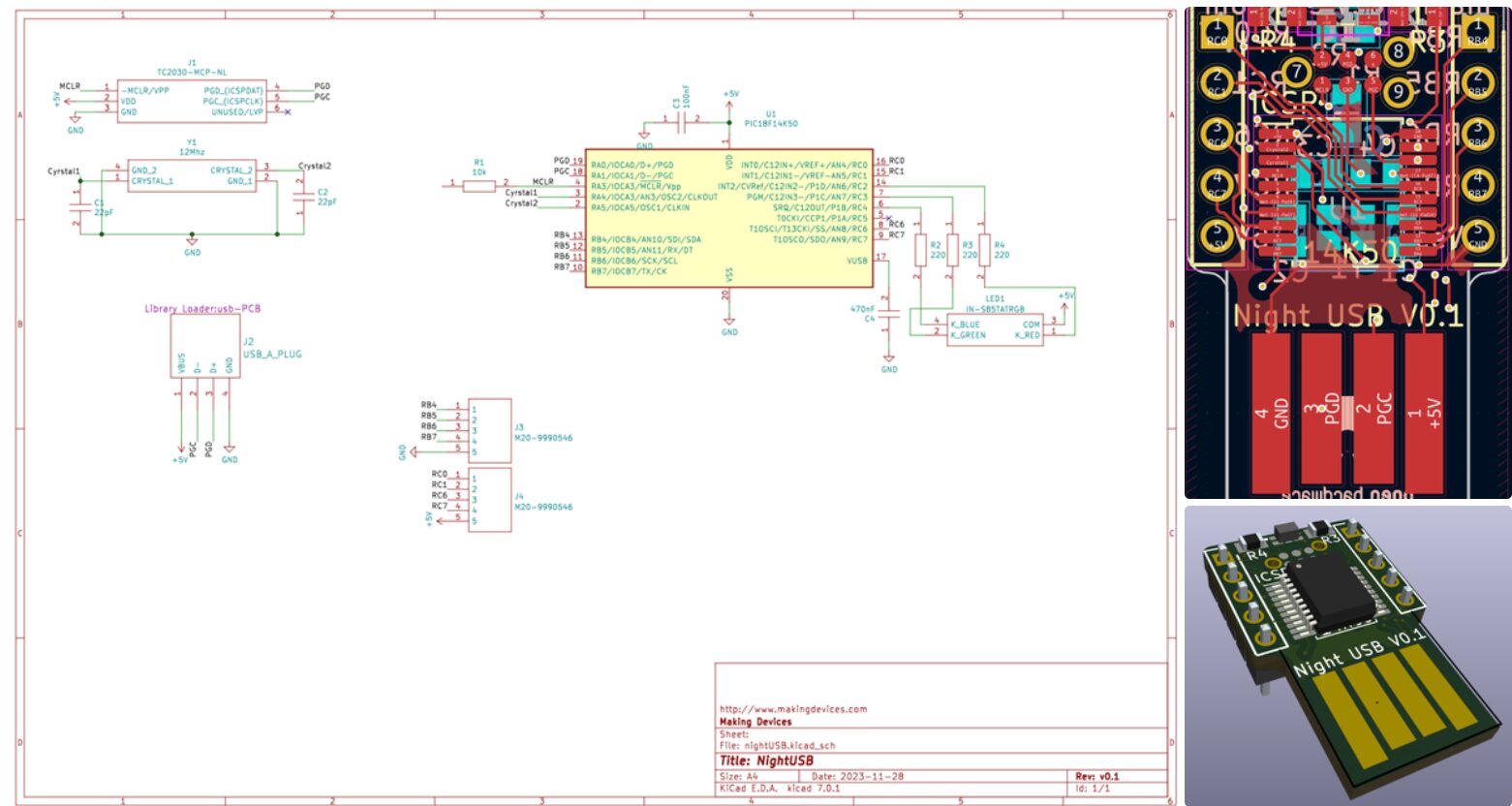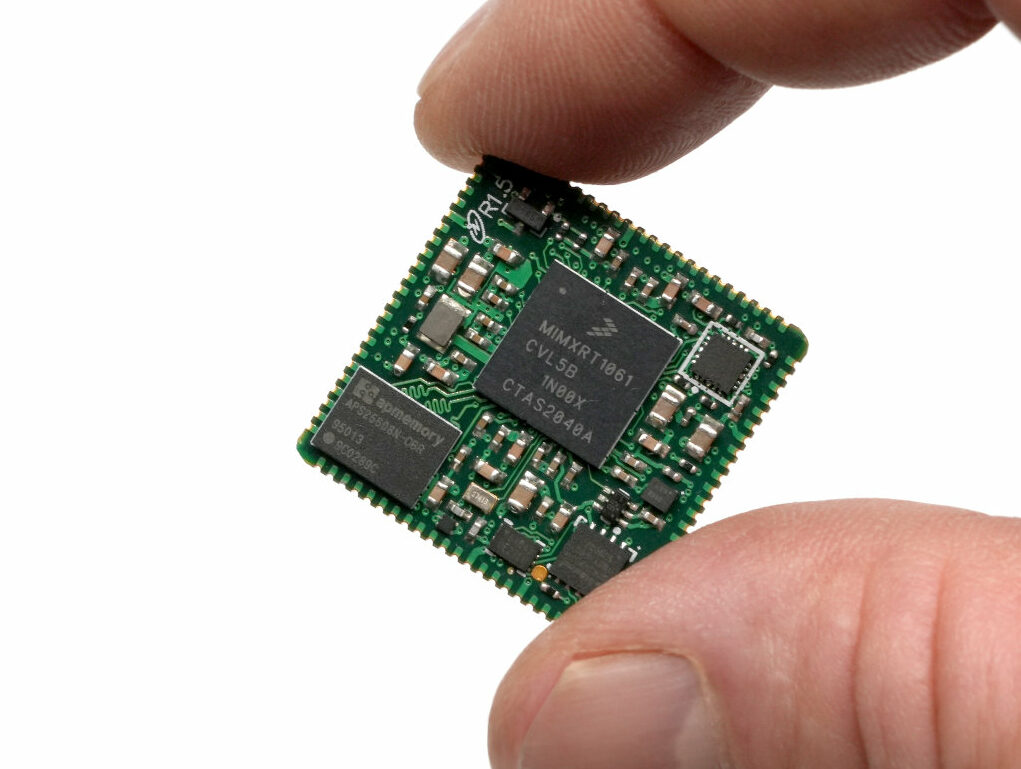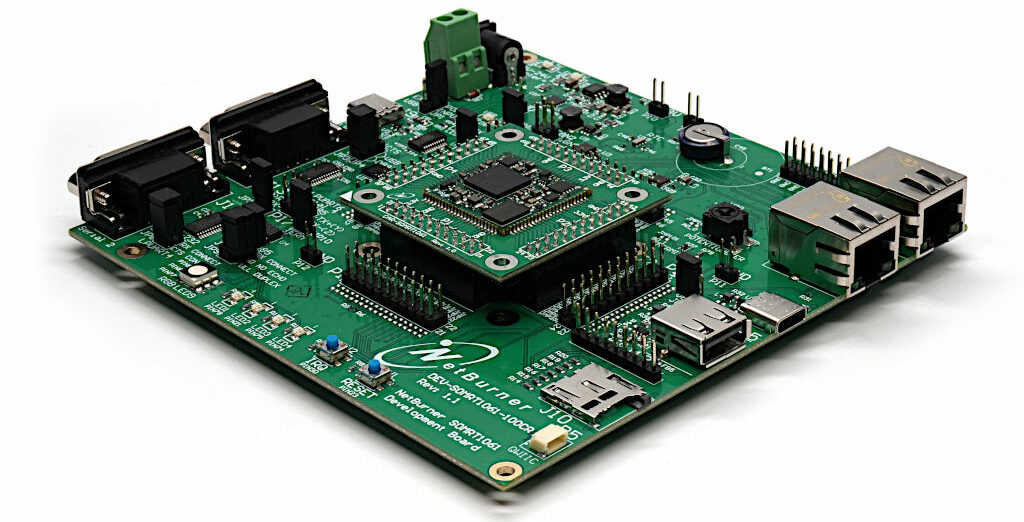The demand for enhanced processing capabilities, power management, security features, and diverse interfaces continues to rise, and processors featuring AI-ML functionalities fulfill these requirements. Nuvoton has announced its AI products, which are not only efficient in AI functionalities but also building an entire ecosystem. The MCUs and MPUs are equipped with ARM Cortex processors and diversified interfaces to accommodate evolving requirements.
Nuvoton’s NuMaker-M55M1
The M55M1 series is known for its performance in digital signal processing and on-device ML interface. It offers a set of communication and peripheral interfaces to establish a connection between the I/O devices with the processor. It supports the Hyperbus and OctoSPI interface, which is crucial in the expansion of RAM. Hyperbus supports high Bandwidth and transfers data at DDR and OctoSPI uses 8 parallel data lines to achieve Octal Communication.
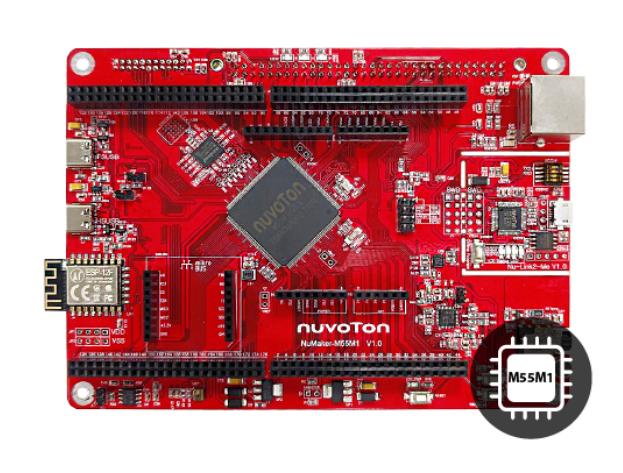
The NuMaker-M55M1 is proficient in managing a variety of tasks, including dealing with audio processing, facilitating communication, executing machine learning operations, sensor fusion, and controlling motors. In essence, it serves as a capable solution for applications that require handling audio, communication, computational learning, sensor integration, and motorized movements.
Nuvoton’s NuMaker-HMI-M467
The HMI-M467 integrates touch screen display, voice I/O, serial port service, and I/O interface, providing multiple external storage methods.
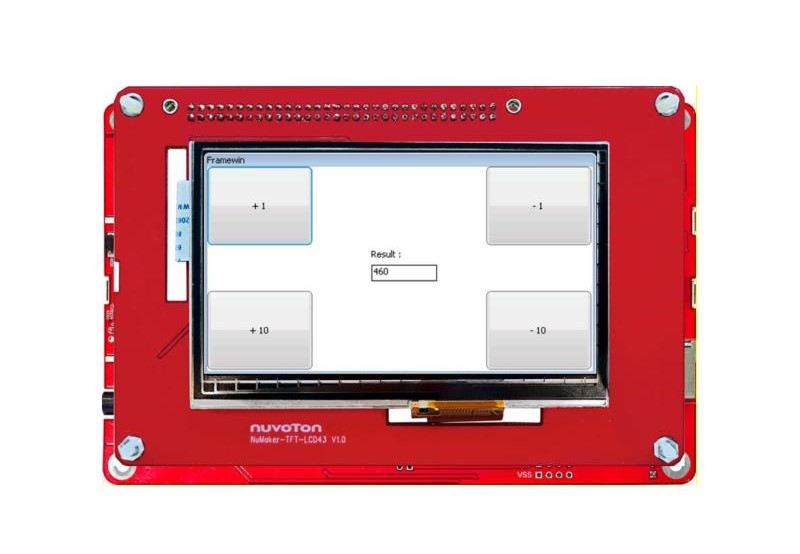
The HMI-M467 consists of two parts: a base board and a daughter board. The daughter board extends the NuMaker evaluation boards. The NuMaker-TFT-LCD43 requires the motherboard to create an HMI development platform. It is equipped with a 4.3” 480 x 272 px RGB TFT-LCD and capacitive touch panel.
The HMI-M467 supports multiple graphics libraries, such as RT-Thread LVGL and emWin. This versatility ensures that users have options when it comes to building GUI applications. By providing compatibility with different graphics libraries, the HMI-M467 allows developers to choose the one that best suits their preferences or project requirements.
Nuvoton’s NuMaker-HMI-MA35D1-S1
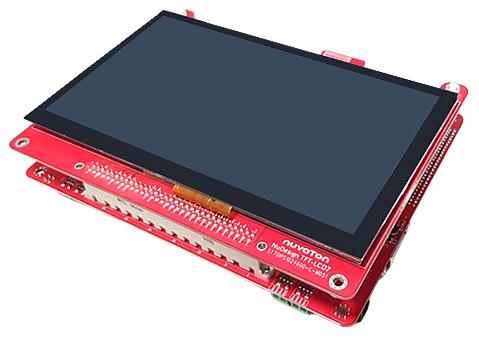
The NuMaker-HMI-MA35D1-S1 evaluation board features a System-on-Module (SoM) that streamlines system design by integrating essential components such as the microprocessor, power management, DDR memory, and flash storage. This setup enables developers to concentrate on application-specific features. The board supports multiple Ethernet ports, USB connectivity, CAN FD, and various serial communication options. CAN FD helps facilitate the broadcast of sensor data and control information between electronic instruments and control systems.
Nuvoton’s NuMaker-IoT-M467
The NuMaker-IoT-M467 IoT Platform is an IoT application platform developed by Nuvoton. It supports Arm Mbed OS v6 as well as Arduino and mikroBUS interfaces and is ideal for arrays of IoT application development for prototype designs with sensors and wireless modules.
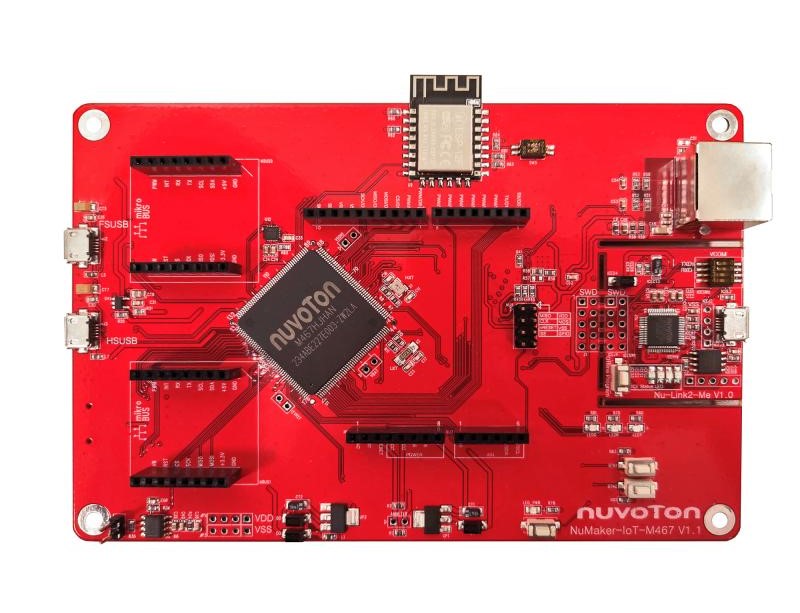
The M467 target board is designed for industrial IoT applications, featuring a Wi-Fi module and a CAN FD transceiver. The Wi-Fi module enables wireless connectivity, allowing users to connect their industrial IoT applications to local networks or the internet. This connectivity facilitates data transmission, remote monitoring, and control of devices, enhancing the functionality and accessibility of the IoT applications being developed.
The IoT-M467 also provides Ethernet 10/100 MAC with RMII interface, USB 2.0 FS device/host/OTG, USB 2.0 HS device/host/OTG. It also includes a thermal sensor and a 6-axis sensor for rapid development. With Arduino UNO compatible headers and support for multiple power supplies, it offers flexibility for development. It features a Nuvoton-designed ammeter connector for instant power consumption measurement, crucial for prototype evaluation.
The IoT-M467 is equipped with plenty of peripherals, such as timers, watchdog timers, RTC, PDMA, UART, SD host, SPI, I²C, PWM, GPIO, CAN, ADC, temperature sensor and low voltage reset controller.
Technical Features
| NuMaker
M5511
| NuMaker-HMI
MA35D1-S1
| NuMaker-IoT
M467
| NuMaker-HMI
M467
|
MCU specifications
| Arm Cortex-M55 and Arm Ethos-U55 NPU | Arm Cortex-A35 core processor
| NuMicro M467 Ethernet/Crypto series MCU
| Arm
Cortex-M4F core
|
| Clock Speed | up to 200 MHz
| up to 800 MHz
| up to 200 MHz
| up to 80 MHz
|
Memory and Storage
| 1.5 MB of SRAM and 2 MB of flash memory
| Internal 256MB DDR, Internal SRAM 128+256 KB
| 32 Mbs of SPI Flash
SD card slot
| up to 1024 KB
of dual-bank programmable memory and 512 KB of SRAM
|
Security Features
| It supports secure boot, TrustZone, TRNG, key storage, cryptographic accelerators, tamper detection, and PSA-level3 compliance
| TrustZone technology | symmetric cryptographic accelerator and secure hash function accelerator
| TrustZone technology and secure boot
|
Interfaces
| OctoSPI and HyperBus
| Gigabit Ethernet,
RS-485,
USB 2.0
| mikroBUS and Arduino interface
| External Bus Interface (display interface) |
Usage
| audio processing, communications, machine learning, sensor fusion, and motor control | HMI interfaces, industrial control systems, home appliances, medical devices, renewable energy solutions, and machine learning projects | IoT application development for prototype designs with sensors and wireless modules
| Project evaluation, prototype development and validation with HMI function
|
The Nuvoton MCUs offer solutions across a broad range of applications. The M55M1 processor focuses on processing digital signals, audio processing, communications, machine learning, sensor fusion, and motor control. On the other hand, the HMI-M467 processor prioritizes human interaction aspects, supporting multiple graphics libraries for dynamic GUI applications. The HMI-MA35D1-S1 is tailored for Edge IoT Gateways, ensuring a reliable and user-friendly interface for HMI applications examining the development boards. The IoT-M467, designed for lightweight ML projects in IoT applications, showcases adaptability in the rapidly evolving IoT domain. These MCUs collectively address diverse industry needs, offering solutions for projects ranging from audio processing and motor control to GUI and IoT connectivity.


